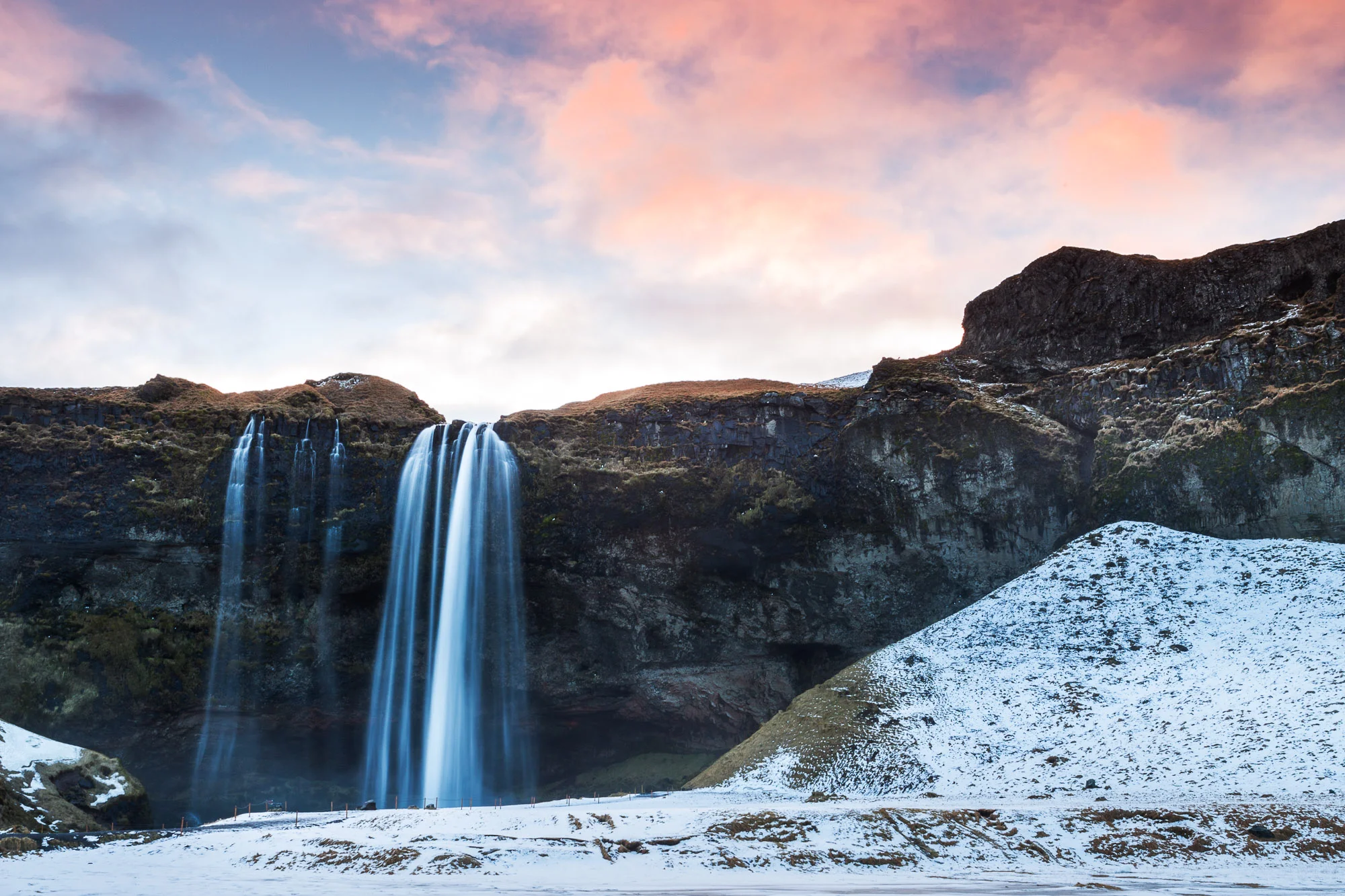How To Photograph Stunning Milky Waterfalls
There are many different approaches to photograph waterfalls, and how the pictures turn out to meet your satisfaction is purely based on personal taste.Slow shutter speed is key to capture a milky waterfall. But if you hold the camera in hand, you will not only blur the waterfall but also blur everything else. So here are some quick and easy tips.
Where
Wherever you can find a steady rock, bench to set your camera on if you don't have a tripod. Depending on the size of the waterfall and environment, set the camera close enough to the waterfall to capture its full height (instead of miles away) but far enough so you don't get the water splash. Of course we don't always get to choose where we can or cannot stand in the nature, a zoom lens is more helpful for waterfall pictures.
When
Ideally a cloudy day, or when the waterfall is in the shade (not in direct sharp sunlight). Whether it's in mid morning, afternoon or evening doesn't matter, but sunrise or sunset hours may not be ideal since you will be forced to do much longer exposure than you needed (this is another topic for sunrise and sunset photography). Try to frame the waterfall and its surroundings under even light, eg. all in the shade, instead of placing the waterfall in the sunlight and the surroundings in the shade or the other way around. This will avoid over-exposure or under-exposure issues of part of your image.
How
Set camera to shutter priority (Tv on Canon camera, S on Nikon camera). Choose 0.5 ~ 2 seconds shutter speed for a moderate volume waterfall. You can use slower speed for thinner waterfalls. I find little difference of 2 seconds vs. 30 seconds when you photograph a thick waterfall.
It's really important that your camera is completely still when you photograph the waterfall. You can achieve this by:
Use a tripod or set the camera on a rock (see my tripod suggestion)
Set timer shutter release or use a remote control to trigger shutter. This is an important trick to avoid camera shake when you press the shutter
Examples
See following some waterfalls I photographed within the last month.
Thick waterfall: ISO100, 200mm, f/32, 1.0 sec, 7:30pm, no post processing
Medium volume waterfall: ISO100, 70mm, f/32, 1.4 sec, captured at 12 noon in harsh light, no post processing.
This is a very challenging condition as the waterfall is easily over-exposed in long exposure at noon. What makes matter worse is that it was a bright sunny day. I get this shot in a small window when the sun went behind the cloud. By all means avoid shooting waterfall on a clear sunny day and noon time.
Thin waterfall: ISO100, 70mm, f/11, 2.5 sec, around 5pm, minor adjustment in Adobe Lightroom (click here to see an article about this software)
Check out my Waterfall Gallery to see more images.











We traveled to Ireland as the final stop of our 23-week family trip in 2023. Check out our itinerary and 12 favorite photo spots.